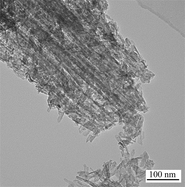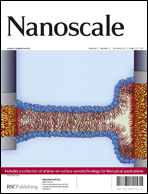Synthesis and characterization of biomimetic hydroxyapatite/sepiolite nanocomposites†
Abstract
Natural fibrous sepiolite with a high surface area, negative surface charge and porous structure is promising for hydroxyapatite (HAp) mineralization since the clay is naturally abundant and biocompatible. In this paper, the use of fibrous sepiolite as a template for growth of HAp


 Please wait while we load your content...
Please wait while we load your content...